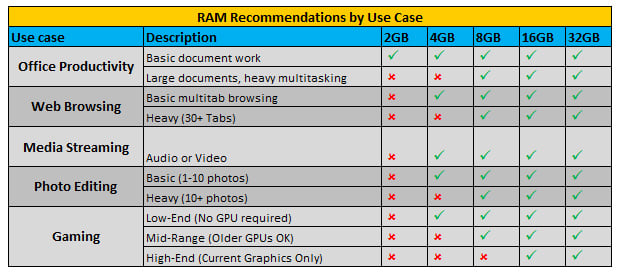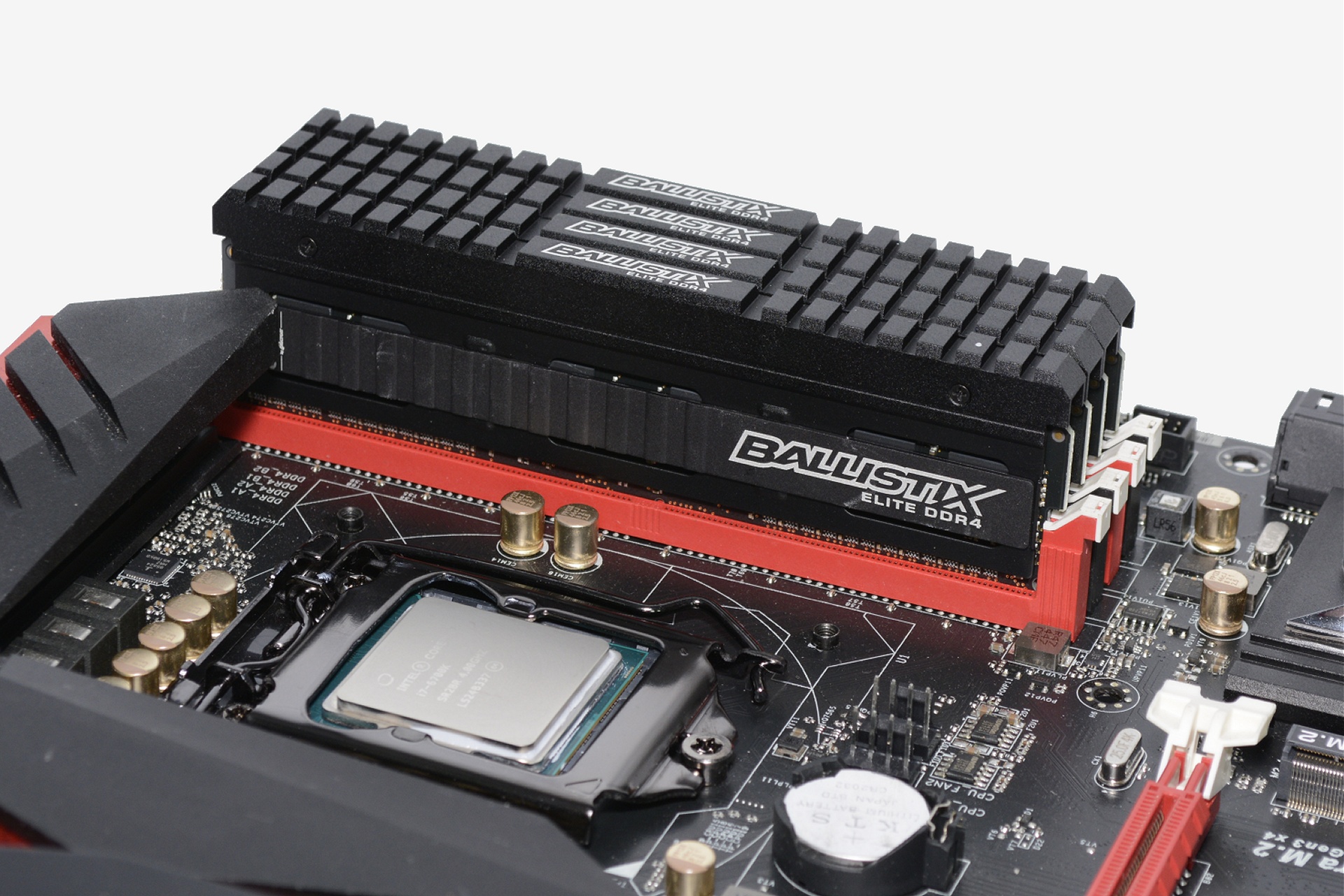
The quality settings used on games can also have a big impact. Although even then, the analysis is part of the fun here.īut there are still more factors to consider. We'd also assume if you have a $1,000+ graphics card on your system, buying 16 GB of RAM or more is not an issue. In other words, testing with an RTX 2080 Ti and its 11GB VRAM buffer along with a super snappy NVMe SSD, probably isn't the best way to determine how much system memory the average gamer requires. If you run out of system memory, some game assets are moved to your local storage device, though at this point the performance hit will be so significant that the game will almost certainly become unplayable. This is because at times you'll run out of VRAM, forcing the operating system to tap into system memory. The graphics card you use can influence how much memory you'll need for smooth gameplay, and in worst case scenarios the speed of your storage can also impact performance.įor example, last year we found using the GTX 1060 3GB would often result in higher system memory usage compared to the 6GB model. Challenge #1: picking the right hardware. We like to briefly discuss some of things for better understanding of our methodology and the challenges faced when testing system memory. When it comes to game testing, properly measuring the impact of RAM capacity is no easy task as there are many factors at play. So it's best to research the requirements for the particular applications and workloads you intend on using.
#8gb vs 16gb ram 2018 pro
Premiere Pro using 4K footage eats a lot of RAM, and this is where having 64GB or more will get you tangible benefits. For general computing, it will really depend on the applications and even then, what you're doing with said application. With that, for the 2018 version we're dropping the 4GB configuration and focusing on 8, 16 and 32GB capacities.Īs the title suggests the emphasis is on gaming. About this time each year we set on a memory capacity quest and last year's expedition lead us to conclude that for gamers 4GB is out, 8GB was the bare minimum, 16GB is the sweet spot and 32GB is overkill. Chrome might commit a lot of memory but large majority of the time it never go into swap long as you are using an up to date version and isn't using more than a dozen of extensions.Today we're looking into how much RAM you need to play the latest and greatest gaming titles released this year. Unless you know there is a specific program that is causing the system to go into swap space actively. Still, there are basic rule you can follow:

Memory management is rather complicated of a subject, as you can imagine. The only real goal here is to avoid swapping while letting program has as much as they wanted.

Any program would be committing as much as it reasonably can, and the OS is just doing its job giving memory whenever it can. The Application can only take as much as OS will give, and really? There is no reason to have memory sitting around uncommitted. It is the OS's job to handle memory utilization. Seeing a program taking up a lot of memory is not the same as a program hogging memory. Here is an example of a common misconception about how memory are used.īelieve it or not, utilization is not the same as committed use, and both are not the same as actual memory requirement. I can get Chrome to use about 15GB pretty easily so 32GB is a no brainer. On my workstation, I run VMs and have very heavy programs and only then do I find I managed to stay over 16GB usage consistently, I still have only 8GB on my old computer and I've never really hit a wall with RAM usage unless I was doing crazy things like running Photoshop with lots of pictures loaded, or being careless about how many tabs I left open (i.e. I think you might be overthinking it a bit.
#8gb vs 16gb ram 2018 upgrade
It would make sense to upgrade to a M.2 SSD if you want to optimize your experience using the NUC, but even that is debatable whether you would notice it from day to day for just browsing and editing docs.

I was considering going 1TB on the Samsung SSD and 32GB on the Corsair RAM
#8gb vs 16gb ram 2018 plus
SAMSUNG 970 EVO PLUS 500GB Internal Solid State Drive (SSD) MZ-V7S500B/AM Intel NUC (Next Unit of Computing) BOXNUC8i5BEH Black Mini / Booksize Barebone SystemĬORSAIR Vengeance 16GB (2 x 8G) 260-Pin DDR4 SO-DIMM DDR4 2400 (PC4 19200) Notebook Memory Model CMSX16GX4M2A2400C16


 0 kommentar(er)
0 kommentar(er)
